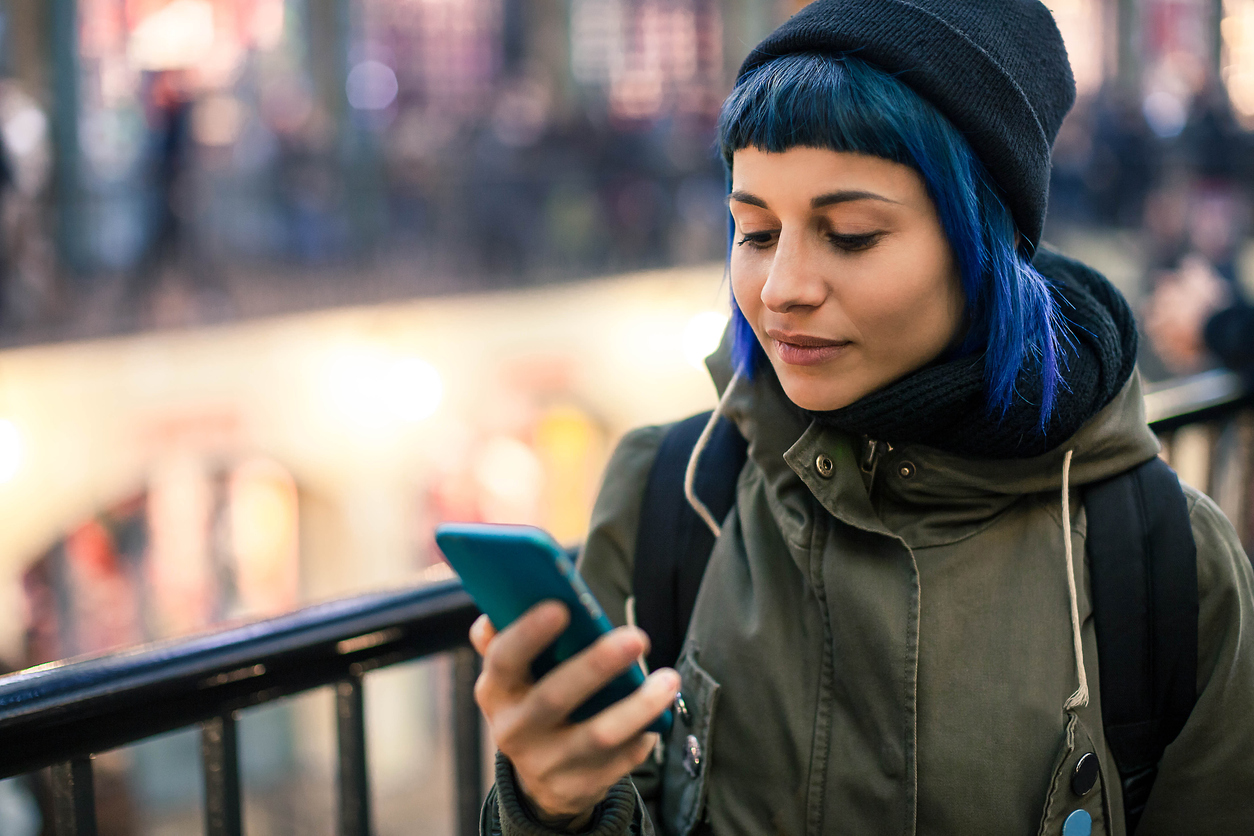





Posted 10/26/2022
If you have questions about the federal government’s student loan forgiveness and debt relief efforts, you’re not alone. Every day Student Connections counsels borrowers asking how student loan debt relief applies to them.
Here are answers to some of the most commonly asked questions.
You can receive debt relief if:
There are two important details to note about the income requirement:
To determine if your loans qualify for this this one-time debt relief, you need to know what kinds of loans you have.
Find out by logging into StudentAid.gov and selecting “My Aid” in the dropdown menu. Check to see if you have federal student loans owned by the Dept. of Education (ED) and disbursed prior to July 1, 2022.
*Consolidated loans are eligible only if ALL underlying loans were disbursed prior to July 1, 2022, and were consolidated into a Direct Loan prior to Sept. 29, 2022.
If you still need help determining the eligibility of your loans, contact your loan servicer. The FSA website also provides FAQs about qualifying loans.
If you meet the loan type and income requirements, you will qualify for up to $10,000 in debt relief. If you received at least one Pell Grant, you may qualify for an additional $10,000 in relief (up to $20,000 total debt relief).
To see if you had a Pell Grant, log in to StudentAid.gov and go to “My Aid.”
Some borrowers automatically qualified, but most have to complete a short application.
If you automatically qualified, you should have received an email and/or text message from FSA.
If you weren’t notified of automatic approval and you want to apply for this relief, you should complete the application as soon as possible. It’s quick and easy. You won’t need to log in or provide any documentation.
The one-time student loan debt relief won’t be taxed at the federal level. Some states may choose to apply taxes. Check with your state of residence for the latest information.
If you made any voluntary payments on your federal student loans during the payment pause, and would now qualify for more debt relief than you currently owe, you can get refunded for those payments.
Automatic refunds will be applied if your voluntary payments during the payment pause brought your balance below the maximum debt relief amount you’re eligible to receive but you did NOT pay off your loan in full. For example:
If you meet the eligibility requirements to receive debt relief and you paid your loan in full during the payment pause, you will need to contact your loan servicer and request a refund. You can apply for debt relief once the refund has been applied. Loan servicers have indicated it will take 6-8 weeks to process the refund.
If you made voluntary payments and still owe more than what you’re eligible to receive in debt relief, you don’t need to request a refund of your payments.
Student loan forgiveness scams are on the rise. The most important thing to remember is that you NEVER have to pay to receive student loan debt relief from FSA. Read this article to learn more ways to protect yourself.
You can find all of the details about federal student loan debt relief and how to apply for it at StudentAid.gov/DebtRelief. For answers to more specific questions, contact your loan servicer or Student Connections.
Student Connections provides federal student loan repayment counseling on behalf of schools. Call us at (866) 311-9450, Monday through Friday, 9:00 a.m. to 6:00 p.m. ET, or email us at intouch@studentconnections.com.